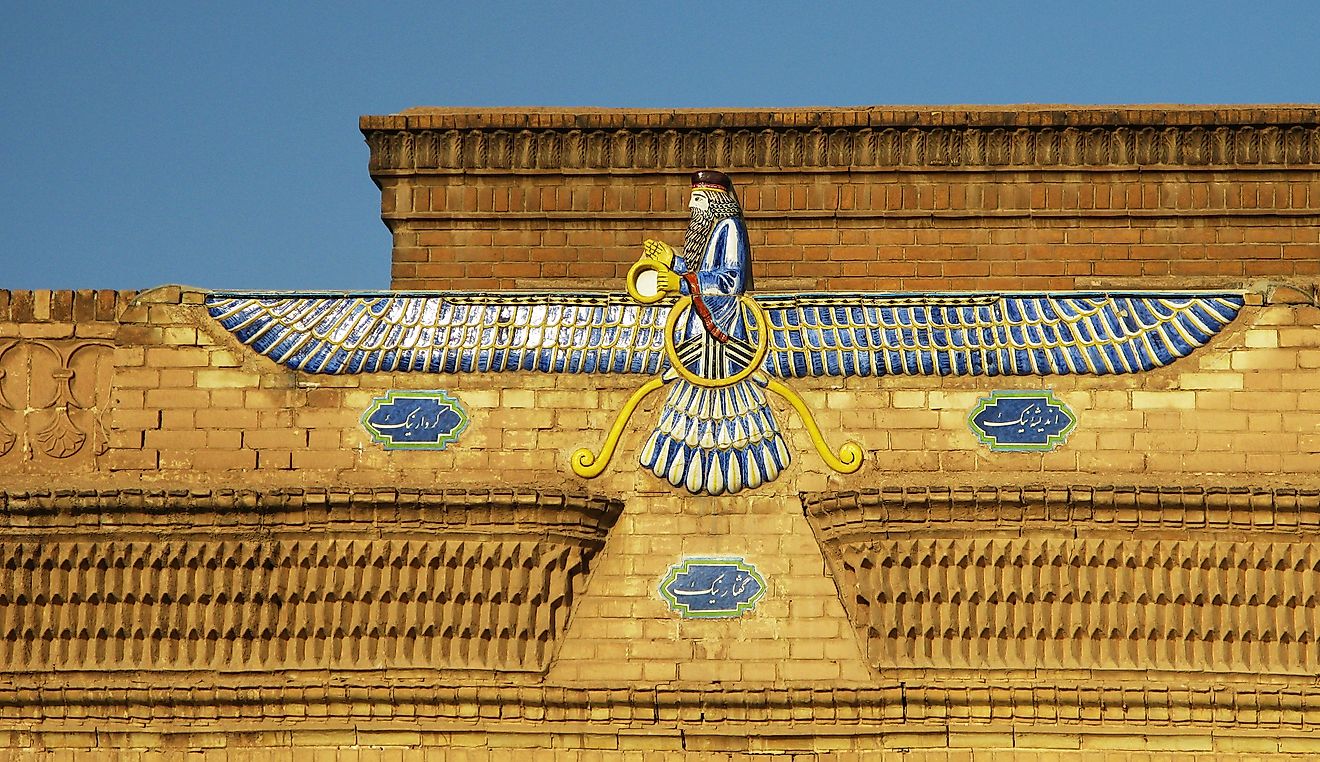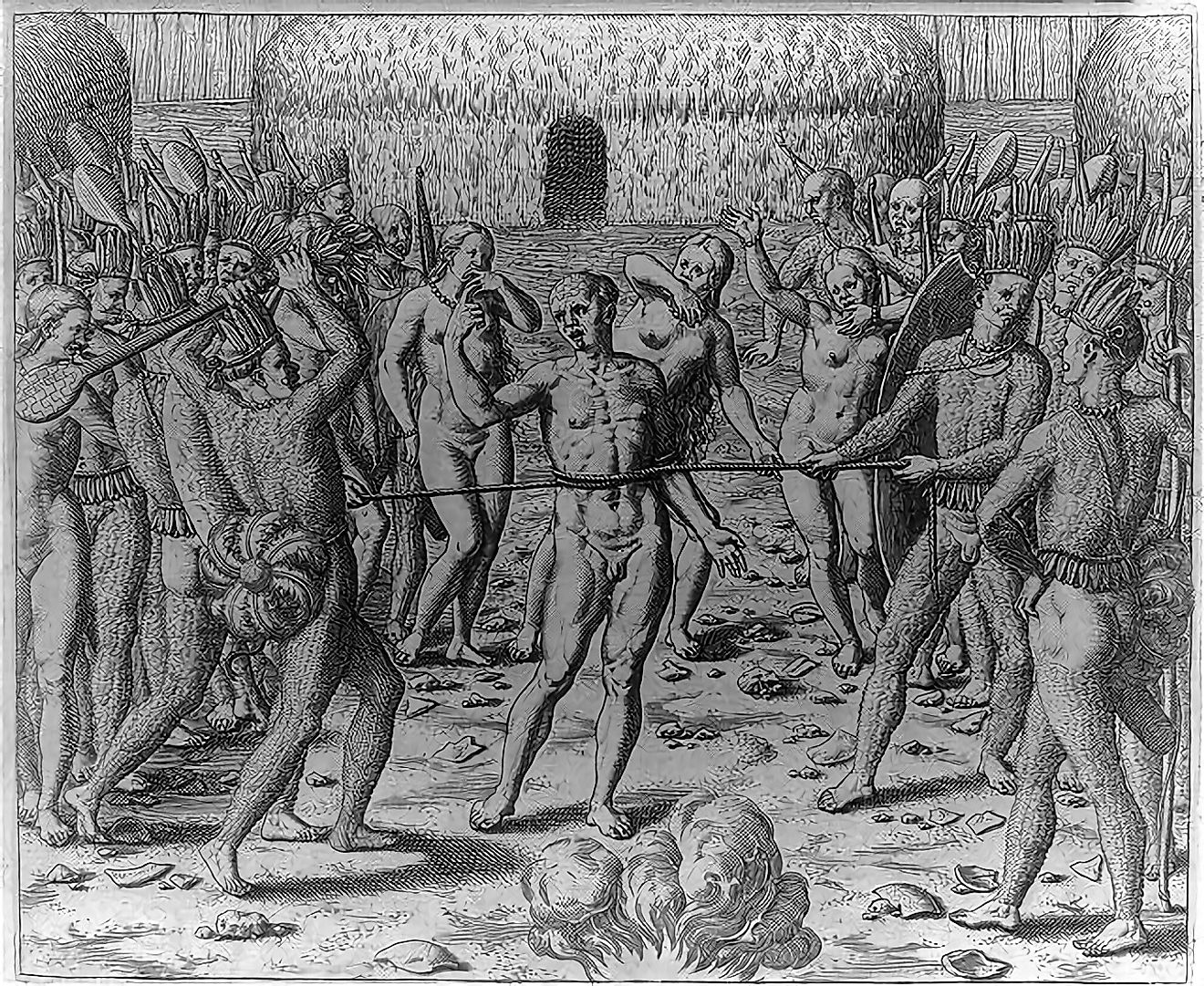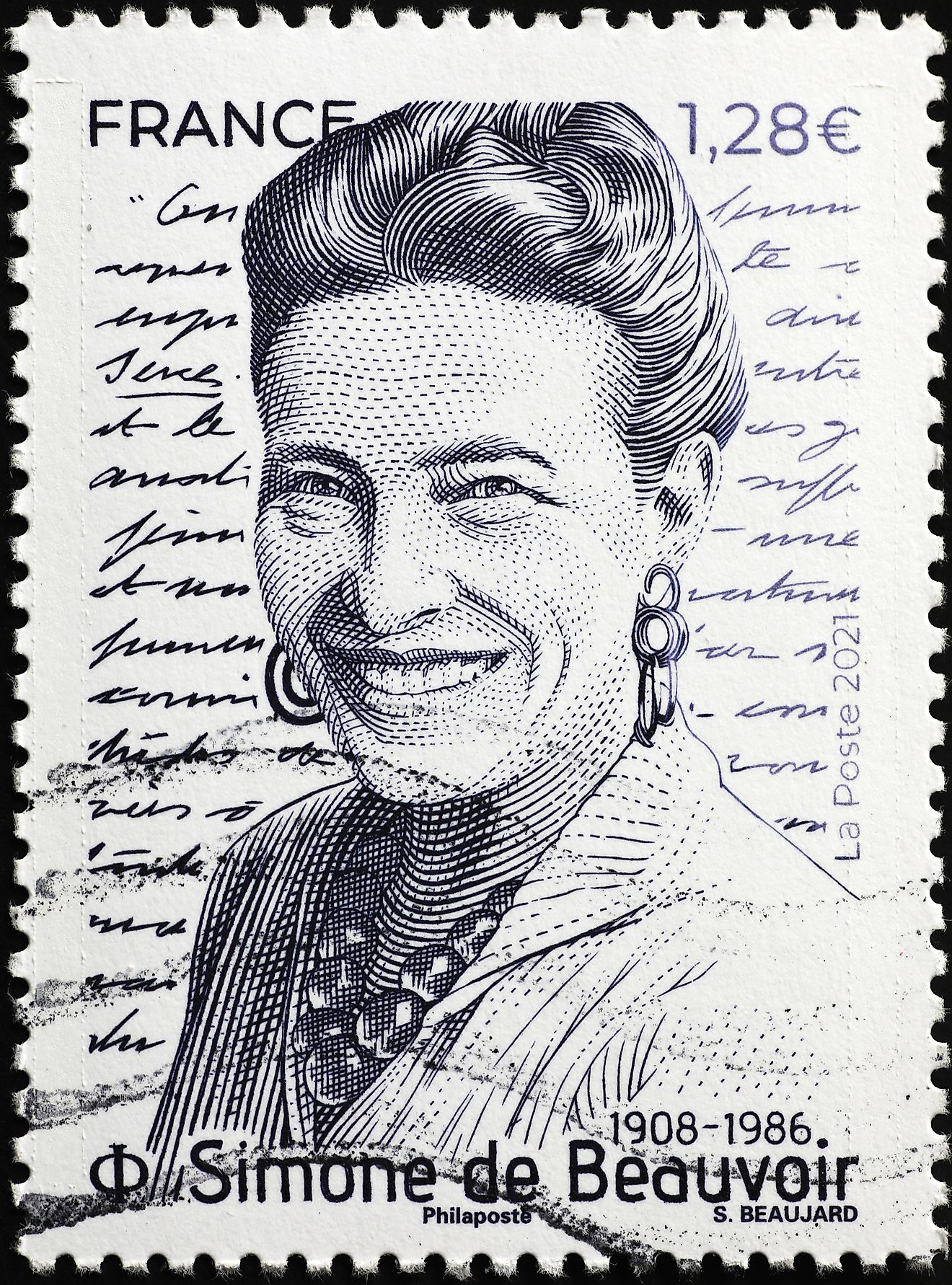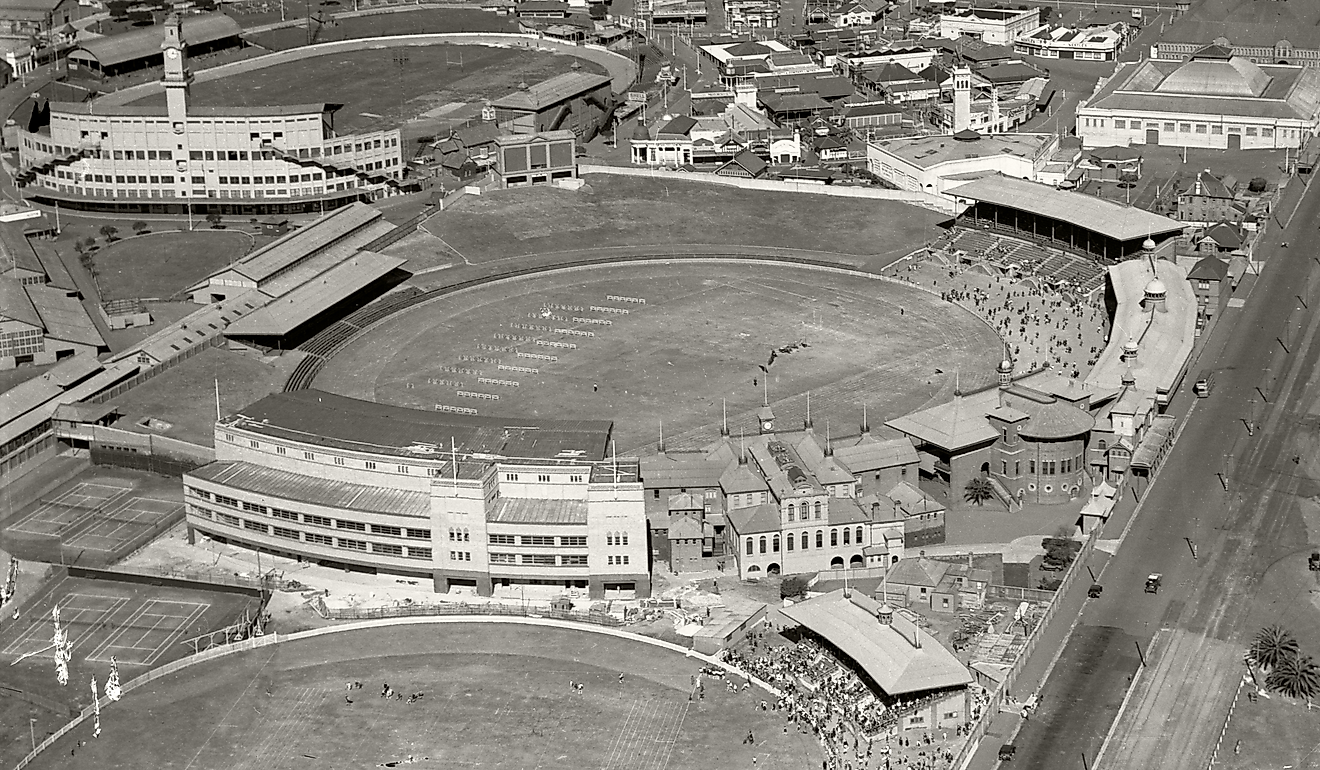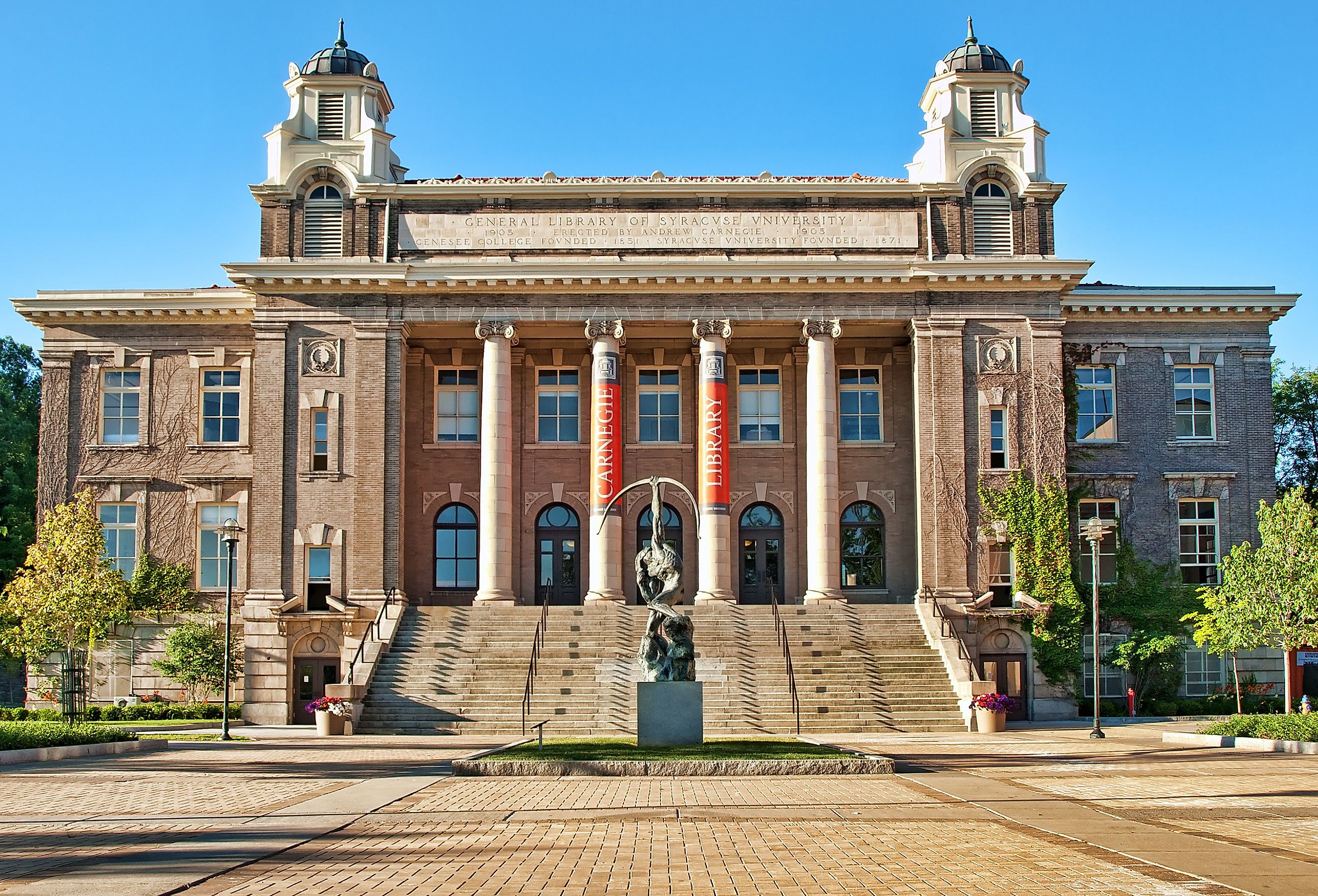
What Are Carnegie Libraries?
When it comes to philanthropy, few people can match the legacy of Andrew Carnegie. A Scottish-American industrialist who made his fortune in steel in the late 1800s, Carnegie did more for literacy and learning in the United States, the UK, and Canada, among other countries, than perhaps any individual in history. And though you may not know it, there is a good chance you or someone you know will have been a beneficiary of his charity.
How so? Through that lovely old library you used to go to (or perhaps still do). Odds are it will be one of over 2,509 Carnegie libraries worldwide that the entrepreneur financed between 1883 and 1929 at a cost of $55 million (just shy of a billion dollars today!). Of these, 1,795 were constructed in America, all but 108 for public use (these were reserved for academic use on university and college campuses). The vast majority of them were constructed in smaller towns that may otherwise not have been able to afford a library.
At a time when public access to books and information was limited, Carnegie's vision certainly transformed the landscape of self-education and community development across the US. All of this, however, begs the question: who was Andrew Carnegie, and what was the motivation behind his Carnegie libraries?
From Bobbins to Billions
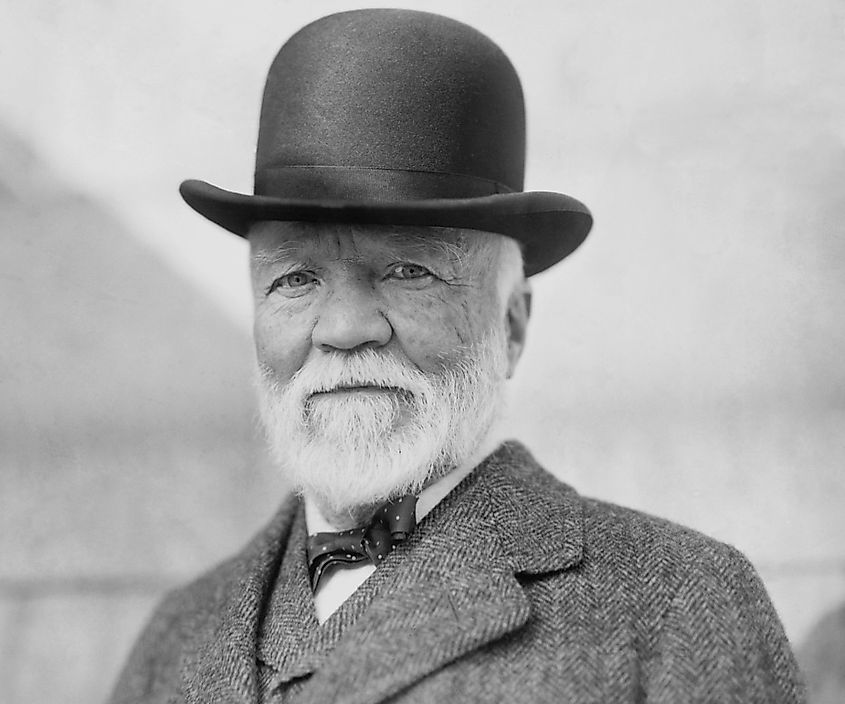
Born in 1835 in Dunfermline, Scotland, Andrew Carnegie emigrated to the United States with his family in 1848. His first job at age 13 was as a humble “bobbin boy” in a Pittsburgh cotton factory, a bottom-of-the-ladder position involving long hours and hazardous work replacing and maintaining the cotton bobbins on spinning machines. His pay? Just $1.20 per week, around $40 today.
By 1850, Carnegie had secured a position as a telegraph messenger with the Ohio Telegraph Company. His diligence and initiative quickly caught the attention of Thomas A. Scott of the Pennsylvania Railroad, and in 1853 he was appointed Scott’s personal telegraph operator and secretary. In his early 20s, the young man’s keen understanding of the railroad industry, combined with his ability to capitalize on emerging technologies, led to his promotion to superintendent of the railroad’s Western Division in 1859.
It was around this time that Carnegie began making strategic investments in iron, oil, and railroads, leading to his founding of the Keystone Bridge Company, his first significant venture into business ownership, in 1865, aged just 30. Through continued hard work, ingenuity, strategic investments, and a focus on the burgeoning steel industry with his Carnegie Steel Company, he eventually became one of the wealthiest men of his time. His net worth in today’s dollars would be the equivalent of around $7 billion, a far cry from his early days as a lowly bobbin boy.
The Vision Behind the Carnegie Libraries
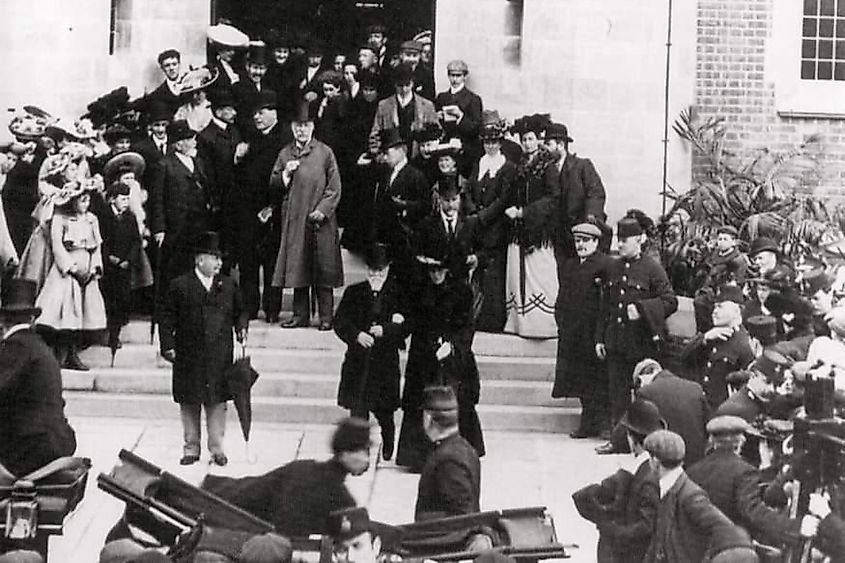
Despite his immense wealth, Carnegie remained deeply influenced by his modest upbringing and was a firm believer in the value of education and self-improvement. His philanthropic philosophy was encapsulated in his 1889 essay, The Gospel of Wealth, where he argued that the rich have a moral obligation to redistribute their wealth in ways that promote the welfare and happiness of the common man.
This belief spurred his extensive philanthropic activities, with a particular focus on libraries, a passion very much rooted in his own experiences. As a young man, he had benefited from having access to the personal library of Colonel James Anderson, a philanthropist from Manchester, Pennsylvania, who opened his private collection of over 400 books to working boys like Carnegie each Saturday. This early exposure to books and self-education profoundly influenced Carnegie's belief in the transformative power of knowledge.
Carnegie’s vision was indeed a lofty one. He envisioned libraries as the "cradle of democracy" where individuals, regardless of their background, could access information and improve themselves. He believed that providing free access to books and educational resources was a crucial step in empowering individuals and fostering an informed and educated public. His library initiative was also designed to help communities take responsibility for their own educational and cultural development, an innovative thought for the time.
The Look and Feel of a Carnegie Library
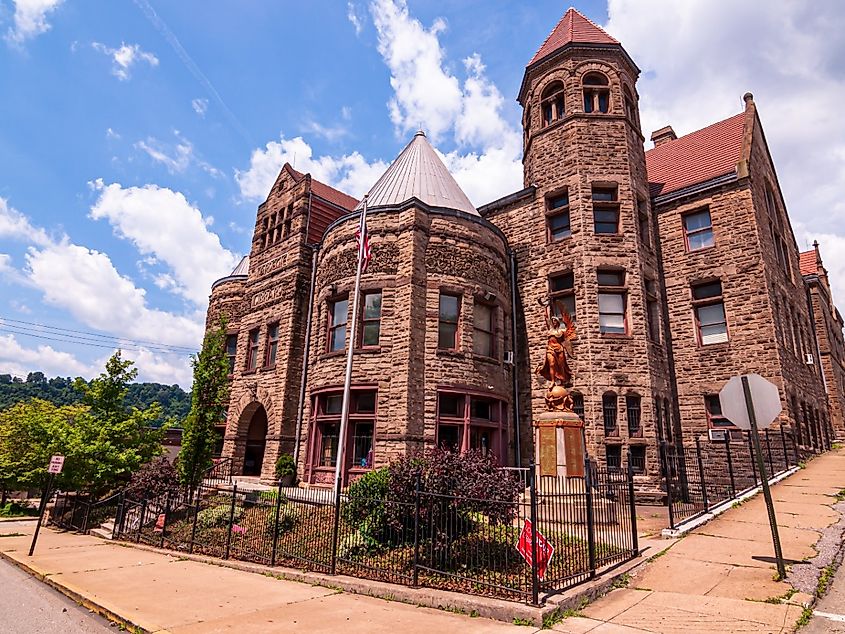
To ensure the success and sustainability of his library initiative, Carnegie established a funding model that required communities to demonstrate their commitment to the project. Participating communities had to fulfill several conditions to receive funding for a Carnegie library, including demonstrating a need, providing a building site, committing to providing annual funding and ensuring that their library would be free and open to the public.
It was also important to the philanthropist that Carnegie libraries were not just functional buildings but would be tastefully designed with a sense of dignity and purpose. Many of them followed a classical architectural style featuring elements such as columns, pediments, and large, inviting windows, all intending to convey the importance of the library as a civic institution.
Great care and attention was also given to the buildings’ interiors. Designed to maximize functionality and accessibility, they often also included reading rooms, book storage, and even lecture halls, all designed to encourage community engagement.
The Legacy Lives On
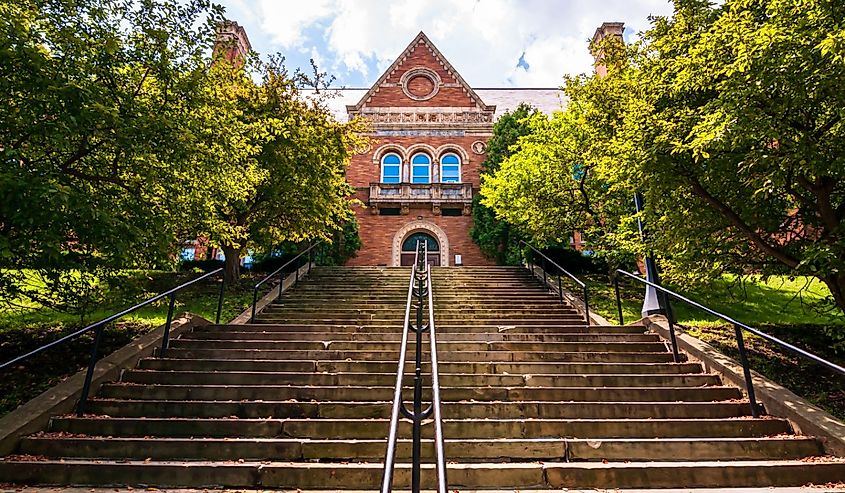
Of the more than 1,700 Carnegie libraries built in the United States, nearly half still function as originally intended: as libraries. Notable examples that can be visited and enjoyed today include the New York Public Library, Yorkville Branch, opened in 1902, and the Carnegie Library in Homestead, Pennsylvania, built in 1898 and one of the very first to be funded by Carnegie and including a music hall and an athletic club.
Of those Carnegie libraries that were considered to have outlived their original function, many have found a new lease on life and now serve their communities in a variety of different capacities. Notable examples include the Carnegie Hall in Lewisburg, West Virginia, now a performance venue and cultural center that hosts concerts, art exhibitions, and other community events; The Carnegie Center for Literacy and Learning in Lexington, Kentucky; and The Carnegie Art Center in North Tonawanda, New York, now operating as an art center providing gallery space for local artists and art classes for the community.
Other Carnegie Philanthropic Ventures
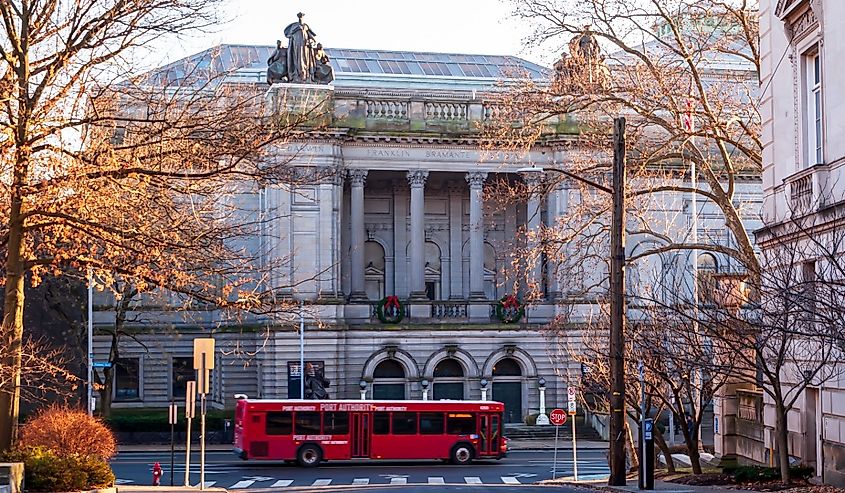
Interestingly, the drive that Andrew Carnegie felt to give back to society is one that continues to this day in his descendants and extends beyond his libraries. While he and his wife, Louise Whitfield Carnegie, had only one child, their daughter, Margaret Carnegie Miller, married Roswell Miller and had four children: Louise, Roswell III, Barbara, and Margaret. The family maintains a relatively low public profile, focusing instead on preserving and continuing Andrew Carnegie's philanthropic work through various foundations and trusts, including:
Carnegie Museums of Pittsburgh: Established in 1895, this organization includes the Carnegie Museum of Natural History, Carnegie Museum of Art, Carnegie Science Center, and The Andy Warhol Museum.
Carnegie Trust for the Universities of Scotland: Founded in 1901, this trust provides funding and scholarships to support higher education in Scotland and aims to improve access to education and promote academic excellence.
Carnegie Institution for Science: Founded in 1902, it is dedicated to scientific research in various fields including astronomy, biology, and Earth sciences, making significant contributions to scientific knowledge.
Carnegie Hero Fund Commission: Founded in 1904, this commission recognizes and rewards individuals who perform acts of heroism in civilian life with financial assistance and by promoting recognition of heroic acts.
Carnegie Foundation for the Advancement of Teaching: Established in 1905, this foundation aims to improve teaching and learning in higher education through research, educational policies, and grants to support educational initiatives.
Carnegie Endowment for International Peace: Established in 1910, this foundation aims to promote international peace and cooperation and conducts research and policy analysis on issues related to global security, economics, and international relations.
Carnegie Corporation of New York: One of Carnegie’s largest and most influential philanthropic organizations, it was founded in 1911 and focuses on the advancement of education and knowledge, supporting projects in higher education, international peace, the advancement of science and knowledge, and libraries.
There is no disputing that the world’s Carnegie libraries, along with his other benevolent endeavors, are a testament to the enduring power of philanthropy and the belief in self-improvement through education. Andrew Carnegie’s vision and generosity provided the resources communities needed to build libraries that have served generations. Whether continuing as libraries or repurposed to meet contemporary community needs, these buildings remain symbols of a commitment to public access to knowledge.


